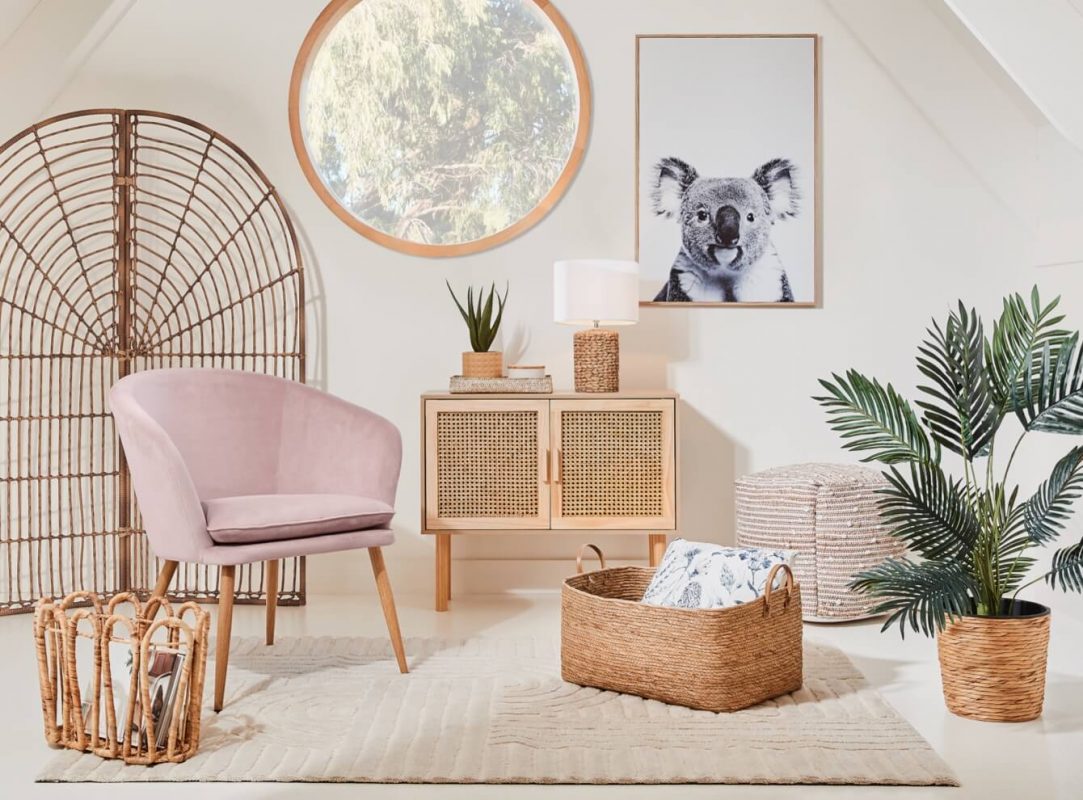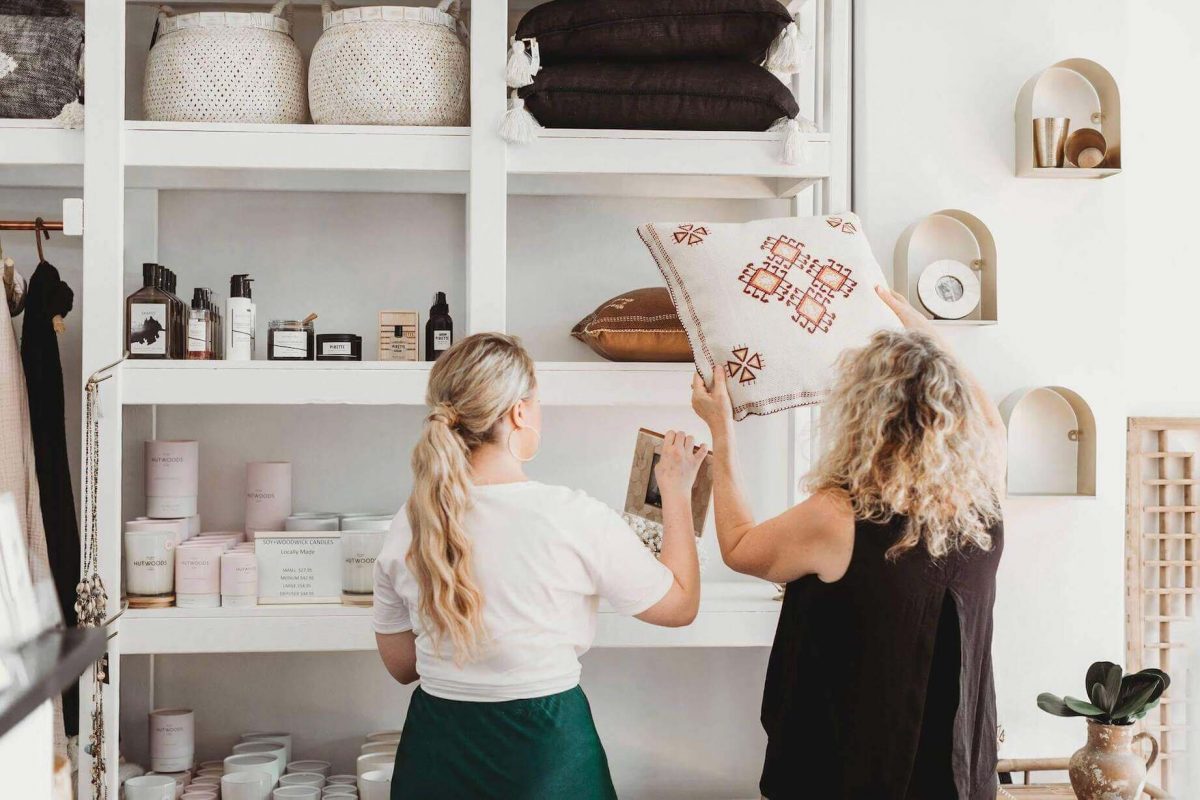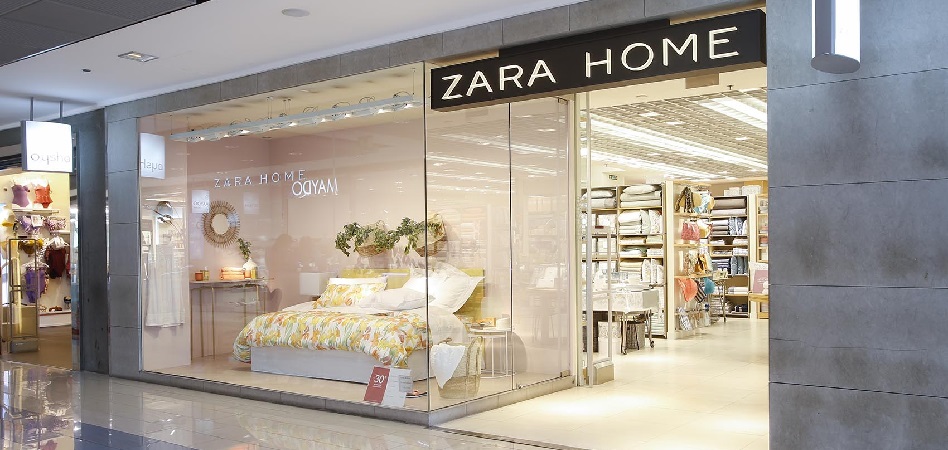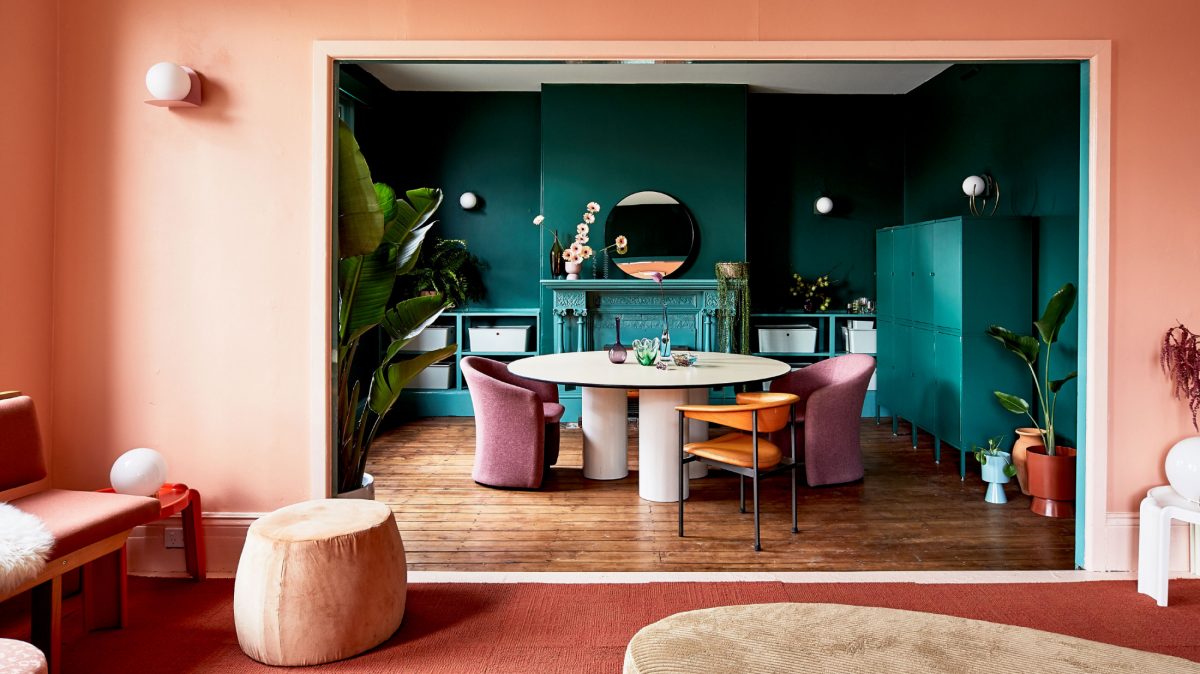What exactly is fast homeware? It’s your unsustainable shopping habit.

The Rise of Fast-Homewear
We live in a world where everything is judged at face value. Social media draws us into a fake realm where everything is seemingly perfect and fits into what we believe is trendy (for that week). Everything, not just from the outfit we are wearing, or the Daliesque location we are in, or the food on our plate, but everything behind the scenes. Such as the pillows on our bed, lime and coconut scented candles, the LED lights on the walls, the plant hanging over the vinyl collection, how the light is striking from the window. From H&M home, Cotton On, Misguided, Typo, Zara home, to Pretty Little Thing, they’re expanding their fashion to homeware. Advertised not necessarily for use – but for show and tell.
The Impact of the Pandemic

Covid-19 undoubtedly turned our lives into an emotional rollercoaster. We are existing in an unbelievable reality that could never be understood or defined as normal. From the fluctuating lockdowns, people’s daily outfits spent in tracksuit trousers and baggy jumpers, the flair for fashion could not be strutted down the catwalk of the high street. Therefore, mainstream fashion brands saw a pattern of attention turned towards homeware purchases.
As we existed within our homes, our homes demanded a makeover – more than once. As a result, more and more mainstream clothing stores expanded their wardrobe limited stock to homeware. Dazed magazine found that a nineteen percent increase of people in the pandemic shopped online for homeware countless times per week. Feeding this notion of retail therapy. The forty two percent increase in homeware stock saved clothing brands in the dire period of coronavirus. Over a third (thirty-seven percent) of British citizens agree that their homely interiors are more important since lockdown.
The Target

These brands are almost feeding on Millennials’ and Generation Z’s robotic reflex to consume what is in-date. The key group purchasing this cheap homeware, that varies in and out of popularity more frequently than one refreshes their Instagram feed, is renters. Renters are generally within the younger age group who have their own space but don’t plan to solidify any long-lasting furniture into it. They look for pieces that are decorative.
These impulse purchases are void of heart and personality, but rather are replicated from an advertisement into one’s interior for that next “Instagram”. According to Mintel, in 2018 seventy seven percent of customers purchasing homeware are aged between 25-34. With young renters buying decorative accessories and tableware over furniture pieces. According to Dazed, furniture resale is expected to hit $16.55 billion by 2025.
A Destiny Of Obsoletion?

The growing concern for regular furniture stores is that they will not be able to compete with international, established fast fashion brands. Who already possess a large, solid market base, offer appealing prices, and swiftly keep timely with fluctuating trends.
“As Zara and H&M expand into the furniture and homewares market, there will be an exit or consolidation of some local operators that are unable to offer regularly changing collections at appealing prices,” says Magner.
The Multinational, Swedish Corporation IKEA will also struggle. As workers on their lunch breaks may simply pop into a store such as H&M to buy the new throw they wanted over their sofa, rather than dedicating their Saturday to travelling to IKEA. To keep a solid market base it’s all contributed to by the factor of time-savvy strategies. Which brings forth the question? Will good-quality furniture stores be overtaken by fashion outlets that are able to maintain speed with fluctuating trends, and provide all arenas of materialism at an appealing price at customers’ fingertips?
Fast fashion lacks the love and care placed into good-quality furniture pieces because it’s designed to last a limited amount of time. In order to guarantee a replacement purchase. Fredericke Winkler says that “Customers are now approaching the homeware category in the same way they buy their clothes: trend-oriented, impulsive and seasonal”. It does beg the question as to how blurred the lines between fashion and homeware will become.
Sustainability Issue With Fast Homewear

There is a hidden truth about textile waste. Or do we just ignore it? All of these cheaper quality homeware pieces are for temporary use before the next popular item comes along. According to Refinery, twenty seven percent of UK adults bin forgotten items of homeware in perfectly good condition. But, there is hope. Brands are introducing sustainability initiatives to decrease mindlessly discarded waste. H&M is a huge advocate for sustainability, with a one hundred and nine-page long sustainability report! They’ve pledged to use “recycled or renewable-based plastic by 2030”. Continually aiming to reduce their carbon emissions. Nicola Holden explains,
“All of these ‘cheap’ products will off-gas in our homes, emitting toxic chemicals into our indoor environments for up to five years! Most people are unaware of this.”
Void Of Soul

Fast homeware has an endless cycle that is void of personality and unique touch. The sad fact is this future reality of fast-homeware does threaten to deplete antique, timeless pieces. I fear most that the density of history in architectural design will be irretrievably lost. You cannot treasure an interior piece that is designed to be temporary. A home should reflect a person, not reflect what they perceive to be “in-trend” that month.
“The colors and design of a home should be a reflection of the people who live inside.” Credit: Amy Wax
Coco Chanel said that the interior is the ‘projection of the soul’. Is our soul becoming mass-produced in an assembly line of consumerism? We should be weary of not losing individualism and variance. From how we critique the world around us all the way to the clothes we wear and the interiors of our home. Keepsakes cannot be replaced.
Subscribe to FIB’s Weekly Breaking News Report for your weekly dose of music, fashion and pop culture news!







